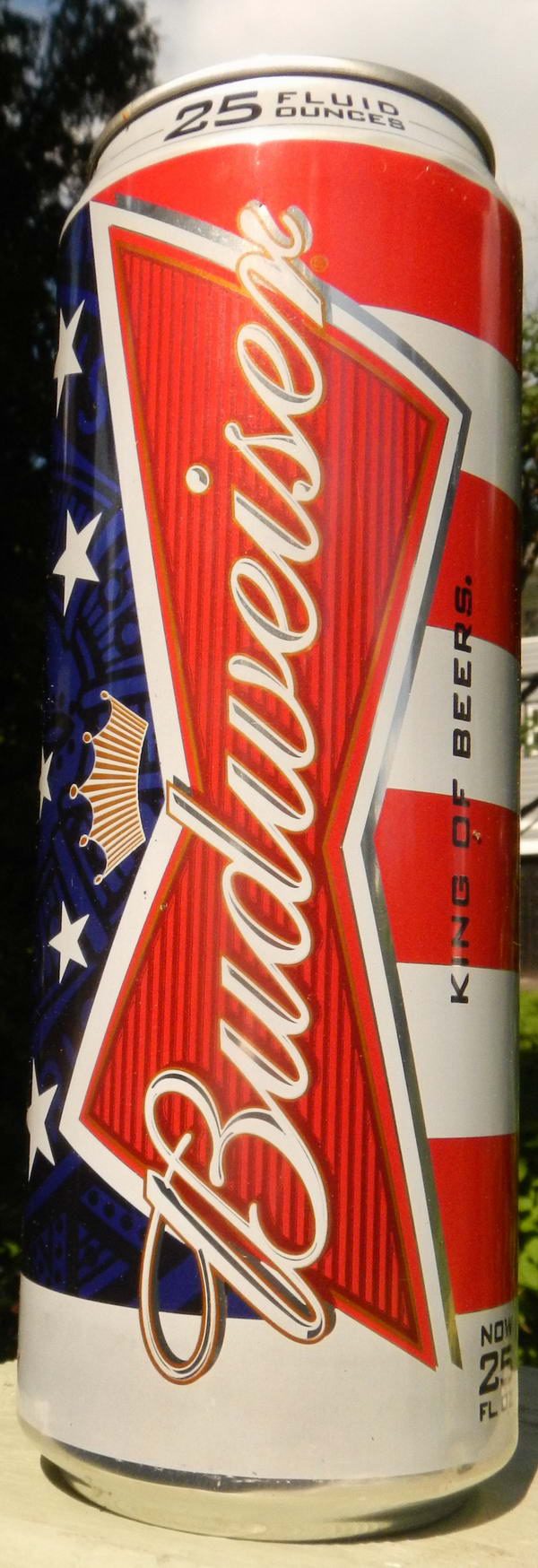
Beer and Booze: The Elephant in the Room
Although alcohol is widely recognized by experts as a major factor in snowmobile fatalities, it gets limited attention in the news reports that are published shortly after an accident. At the time of the accident it is understandable that people do not want to speak ill of the recently deseased. Also, toxicology reports are generally not available until weeks later.
For a look at reality, read the Wisconsin Department of Natural Resources annual Snowmobile Safety and Enforcement Reports. In the past 8 seasons (2006 to 2013), 46 people died while riding on ice in Wisconsin. 85% of them were impaired (or probably impaired) with an average blood alcohol concentration (BAC) of 0.19% (= hammered). 76% of those fatalities were after dark. About 40% of the fatalities were breakthroughs and 60% were collisions with objects or loss of control at speed. A typical scenario: A male rider spends the evening in a tavern with friends, leaves after 10 PM, rides onto a lake, gives in to the thrill of winding up his 100+ hp sled only to slam into the far shore of the lake.
The overall picture:
- 178 riders died in Wisconsin during this eight year period. 1/4 of them were on ice.
- Alcohol and sometimes other drugs were involved with 72% of the overall fatalities.
Looking at the snowmobile+ice group in more detail:
- Of the 28 fatalities involving collisions or loss of control, 20 involved hitting fixed objects. The remaining 8 fatalities involved: falling off sleds, colliding sleds, ejected riders being hit by buddies, and unsuccessful water skipping.
- For the 20 sleds hitting fixed obstructions, running into the shore of the lake was most common at 70% of this group. Snow banks, shanties and pressure ridges made up the other 30%.
- BACs were measured on 38 of the 46 in the ice group. 13% were sober (mostly breakthrough victims) and 87% were not.
- 71% of the breakthrough victims were impaired and 71% of their accidents were at night. In the speed+alcohol group, over 90% involved alcohol, speed and darkness.
- If everyone rode sober, it is likely that only about 10 fatalities would have occurred instead of 46.
Ice covered lakes are magnets for riders. Lakes provide a surface that is usually flatter, bigger and more uniform than anything else around. Nighttime avoids most of the arrest risk of riding while intoxicated or exceeding speed limits. Darkness also hides the the hazards (shore, shanties, snow banks, heaves, open water, thin ice, etc.).
Estimating relative risk as a function of BAC:
The NHSTA study of Rellative Risk of Fatal Crash Involvement by BAC, Age and Gender provides a basis for estimating the relative mortality risk levels for different levels of intoxication for motor vehicle drivers. It does this by comparing the ratio of risk for sober and impaired drivers. The study looked at a range of ages, BACs, gender, and single and multiple vehicle accidents. The single vehicle, age 21-35, group best fits the snowmobile situation. The risk profile for snowmobiling is fairly similar to motor vehicles except the per-mile fatality rate for riders is about six times higher.
An example of what the study found is at a BAC of 0.10% (just over the legal limit) the risk of death is about 18X higher it is for sober drivers (males, 21-34). The risk for 16-20 year old male drivers is much greater. At 0.10%, their risk of dying is 80 times higher than for sober drivers.
This table shows risk ratios for single vehicle fatalities. This is based on the mathematical model the NHSTA study developed from a large amount of crash data. As you can see, the risk rises very fast with increasing BAC levels (it increases 1.78X for every 0.020% increase in BAC for the age 21-34 group).
The distribution of impairment levels is spread reasonably uniformly over BAC levels from 0.01% to 0.32%
Combining relative risk at a given BAC and the uniform distribution of BACs suggests that there are a fair number of riders with BACs between 0.01% and 0.08% (maybe 20% of riders??) but very few riders with BAC's over 0.20% (roughly 0.3% of riders). As you can see on the relative risk table, the risk levels for BACs over 0.20% are very high.
The small number of highly impaired riders that have a particularly high chance of dying probably don't realize how bad it is or, if they do, they may not care. If someone you care about is one of these riders, you and other people they are close to have the best chance of reaching them.
Bob
An article from North Country Public Radio (NY) on sleds, booze and speed
